Prices in AUD. Shipping worldwide. Flat rate $8 postage per order within Australia. International by weight calculated at checkout. Read full terms.
-
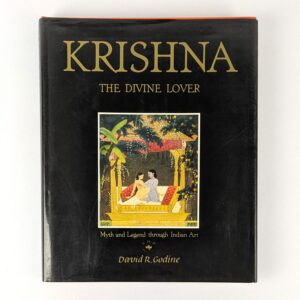
Krishna: The Divine Lover: Myth and Legend through Indian Art
AU$50.00 Read MoreAdd to cartEnrico Isacco
Boston: David R. Godine, 1982. -
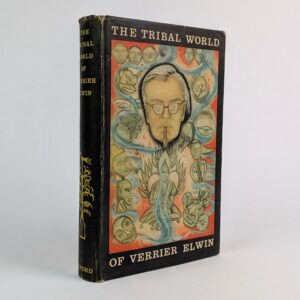
The Tribal World of Verrier Elwin: An Autobiography
AU$80.00 Read MoreAdd to cartVerrier Elwin
Oxford: Oxford University Press, 1964. -
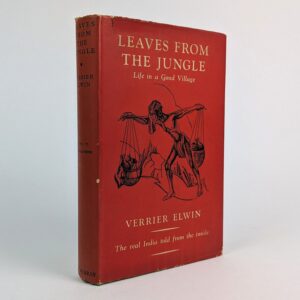
Leaves from the Jungle: Life in a Gond Village
AU$80.00 Read MoreAdd to cartVerrier Elwin
London: John Murray, 1936. -
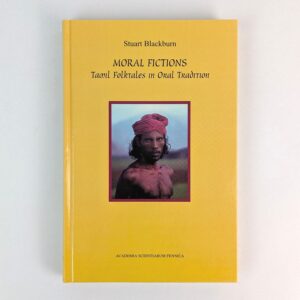
Moral Fictions: Tamil Folktales in Oral Tradition
AU$80.00 Read MoreAdd to cartStuart Blackburn
Helskinki: Suomalainen Tiedeakatemia, 2001.Is fantasy the defining element in fairy tales? This question is the starting point for Stuart Blackburn’s study of Tamil oral tales. Having collected over 300 tales, 100 of which are translated in this book, he concludes that although fantasy, and humour, are present, at the core of the tales lies a moral vision in which wrongdoing, especially physical cruelty, is punished. Only the second full-length study of Indian tales from oral tradition, this book places the Tamil tradition in an international context, describes the telling sessions and includes tellers’ interpretations of some tales. FF Communications No. 278 published by the Finnish Academy of Science and Letters.
-

Types of Indic Oral Tales: India, Pakistan, and Ceylon
AU$30.00 Read MoreAdd to cartStith Thompson; Warren E. Roberts
Helsinki: Suomalainen Tiedeakatemia, 1991.Catalogue and analysis of Indic oral tales from India, Pakistan, and Sri Lanka, organised by tale-type and thematic motifs. FF Communications No. 180 published by the Finnish Academy of Science and Letters.
-
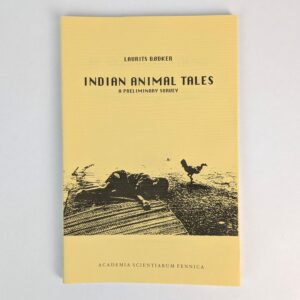
Indian Animal Tales: A Preliminary Survey
AU$30.00 Read MoreAdd to cartLaurits Bodker
Helsinki: Suomalainen Tiedeakatemia, 1991.Survey of Indian animal fables, tracing narrative structures, moral lessons, and cross-cultural folklore parallels. FF Communications No. 170 published by the Finnish Academy of Science and Letters.
-
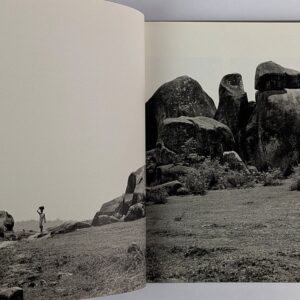

The Forgotten Frames: A Photographic Voyage with the People of Bastar
AU$40.00 Read MoreAdd to cartManoj Kumar Jain
[Uttar Pradesh]: Manoj Kumar Jain, 2014. -
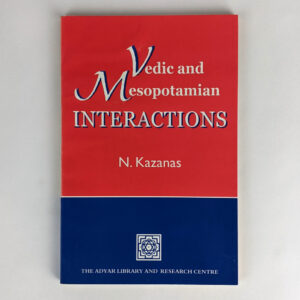
Vedic and Mesopotamian Interactions
AU$10.00 Read MoreAdd to cartN. Kazanas
Adyar: The Adyar Library and Research Centre, The Theosophical Society, 2007. -
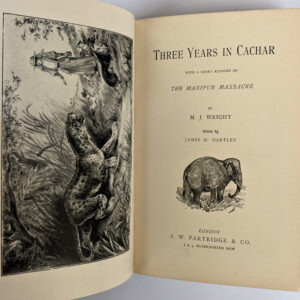
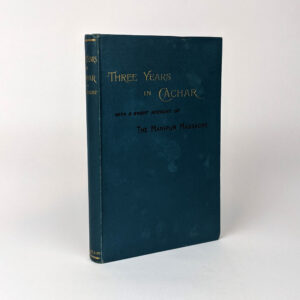
Three Years in Cachar: With a Short Account of the Manipur Massacre
AU$350.00 Read MoreAdd to cartM. J. Wright; James H. Hartley
London: S. W. Partridge & Co, [1895].An account by a lady missionary of life in Assam, describing the people and their way of life and her encounters with wild animals. It also includes her description of the events in Manipur in 1890-91 when a military expedition was sent to respond to the murders of five British soldiers by insurgent Manipuris. Five Manipuri commanders were hanged for waging war against the British, who installed the boy Meidingngu Churachand on the throne.
-
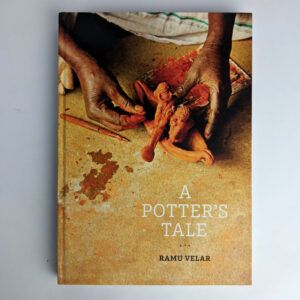
A Potter’s Tale
AU$35.00 Read MoreAdd to cartRamu Velar
India: Tara Books, 2021.“The first title in Tara’s Makers series, this book unfolds as a life narrative as Ramu Velar tells us how he views his craft, vocation and life. Just as his fingers deftly mould a lump of clay to create sturdy pots and beautifully carved bowls, his memory creates sharp as well as dreamy vignettes of his journey from a village potter to a resident craftsman in a museum. Richly textured photographs and evocative illustrations bring alive the world of an unusual and introspective artisan.” (publisher’s blurb)
-
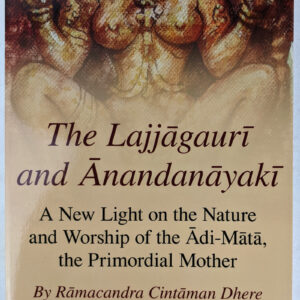
The Lajjagauri and Anandanayaki: A New Light on the Nature and Worship of the Adi-Mata, the Primordial Mother
AU$40.00 Read MoreAdd to cartRamacandra Cintaman Dhere
Melbourne: Monash University Publishing, 2020.Translated from Marathi and with an introductory chapter and annotation by Jayan Bhalcandra Bapat. “Lajjagauri is perhaps one of India’s oldest goddesses with images of her in South Asia dating back to the Indus Civilisation c. 3,000 to 1,500 BC. Her devotees can be traced back even earlier to the Ukraine c. 10,000 BCE. In India, new finds continue to expand the geographical spread of Lajjagauri’s devotees, most recently to Odisa. Dhere’s work on Lajjagauri is based on tireless pursuits of her image throughout western India. In contrast to the other thousands of Indian goddesses whose images are super abundant, Lajjagauri has become more reclusive as other deities have risen.” (publisher’s blurb)
